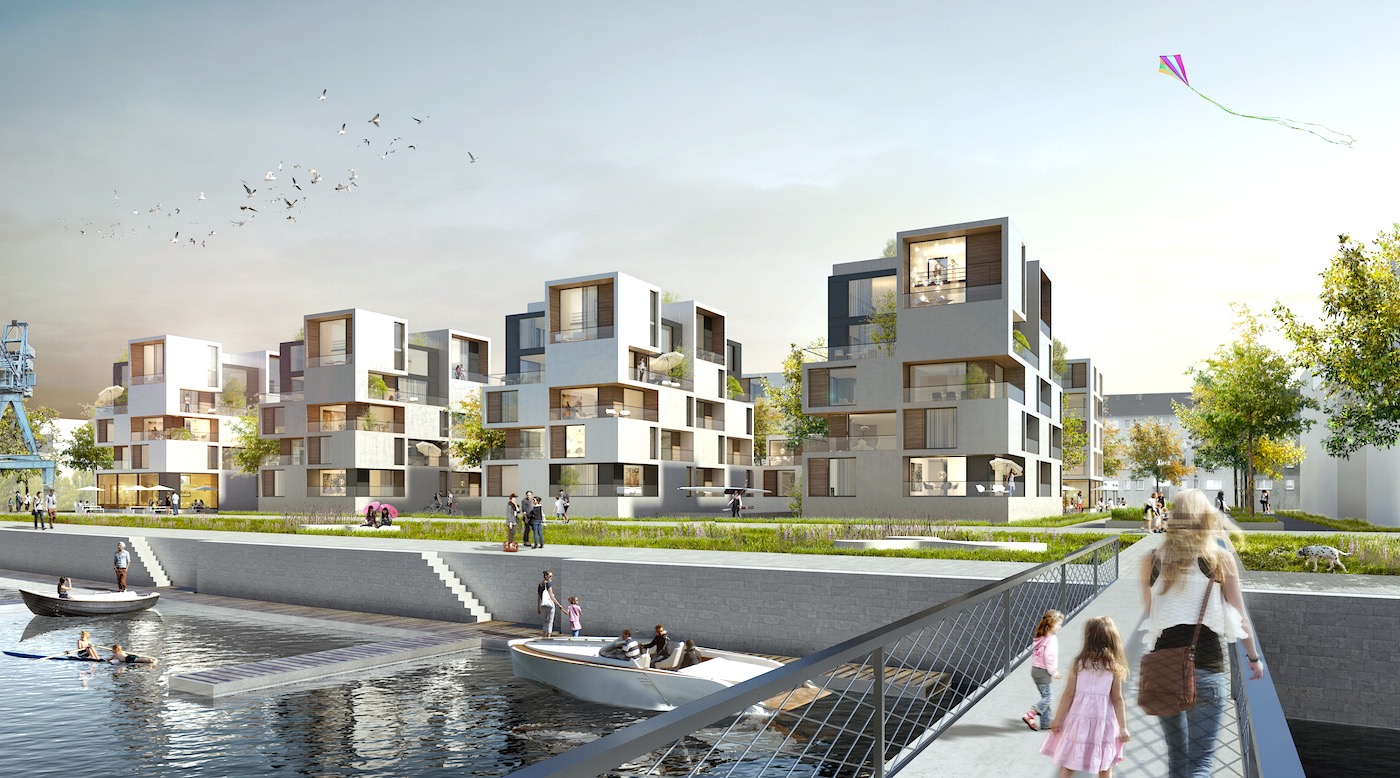With just a few inches of rainfall a year, the country is taking matters into its own hands.

The United Arab Emirates wants to make it rain—literally—and it has an ambitious plan to do that: build a mountain.
Among other approaches that the UAE is considering to increase rainfall, the country has given $400,000 to the National Center for Atmospheric Research (NCAR), a U.S.-based research institute sponsored by the National Science Foundation, to study how building a man-made mountain could affect the weather. According to the Dubai-based business news site Arabian Business, the researchers are currently in the “detailed modeling study” phase of the project.
While the idea sounds a bit like science fiction, it’s based on a very real meteorological concept called “orographic precipitation.” When moist air rises up one side of a mountain, it cools and forms clouds. Those clouds then produce precipitation, leading to rainfall on the side of the mountain facing the wind. (The area on the other side of the mountain—called the “rain shadow”—receives very little rain as dry air descends.)

For a country that ranks as one of the driest on Earth, every drop counts. On average, the UAE sees just about three inches of rain a year, according to the Abu Dhabi-based newspaper The National. The lack of rainfall, combined with temperatures that can climb to more than 100 degrees Fahrenheit and a high rate of water consumption, means that its natural water reserves will soon run dry. In places like Abu Dhabi, where the average person consumes 145 gallons of water per day—two to three times the world average—groundwater reserves are expected to be depleted within the next 50 years. That’s a problem not only for the nation’s urban water parks and ski slopes, but also for the country’s farmers in rural areas.
From our partners:
To its credit, the UAE has made water conservation a priority, putting measures in place to cut agricultural water usage and to use treated sewage water. Abu Dhabi recently hiked electricity and water charges to encourage its residents to ration their use.
The country has also turned to science to solve its water problem—making artificial rain on demand. The UAE invested nearly$560,000 last year on 186 cloud-seeding projects, according to Arabian Business. The weather modification technology, which dates back to the late 1940s, enhances a cloud’s ability to make rainfall by injecting particles that condense water and create precipitation. A meteorologist with the UAE told The National that cloud seeding played a part in March’s record rainfall, during which 11 inches of rain fell in one day, though researchers are still unclear about how effective the technology really is.
Building a mountain may be one of the more ambitious and costly proposals for increasing rainfall: A plan to build a man-made mountain in the Netherlands has been estimated to cost up to $432 billion, according to Business Insider. “If [the project] is too expensive for [the government], logically the project won’t go through, but this gives them an idea of what kind of alternatives there are for the long-term future,” Roelof Bruintjes, NCAR scientist who specializes in weather modification, told Arabian Business. “If it goes through, the second phase would be to go to an engineering company and decide whether it is possible or not.”
But all of that may be rendered ineffective if the message of conservation gets overshadowed by the glitzy lifestyle that some of UAE’s residents have grown accustomed to. Farmers are part of the problem, too, Reuters reported, as some rely on thousand-year-old irrigation methods that are drying up the country’s wells. Some are looking to new, more sustainable methods while others shrug at the problem.
“It wastes water,” one farmer told Reuters about growing dates, a major crop popular among locals. “But these palms are from our ancestors, it’s our heritage. If we stopped raising them, it would be like abandoning our own children.”
This feature originally appeared in Citylab.

















